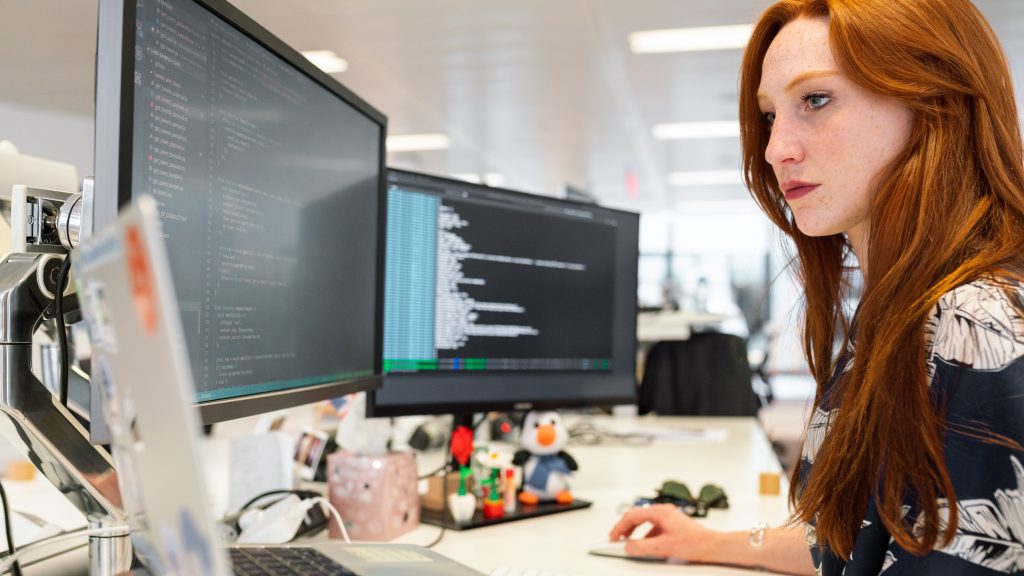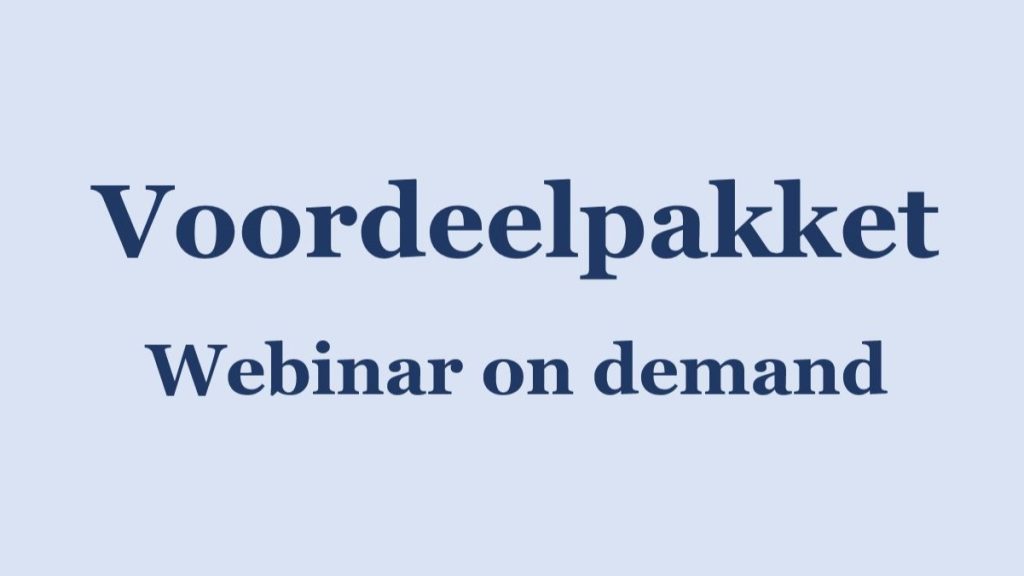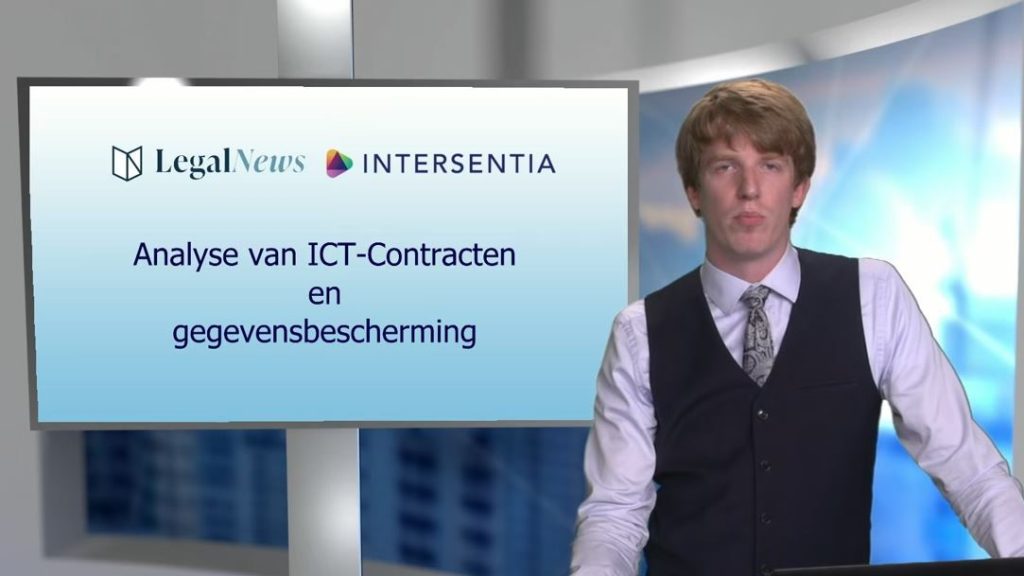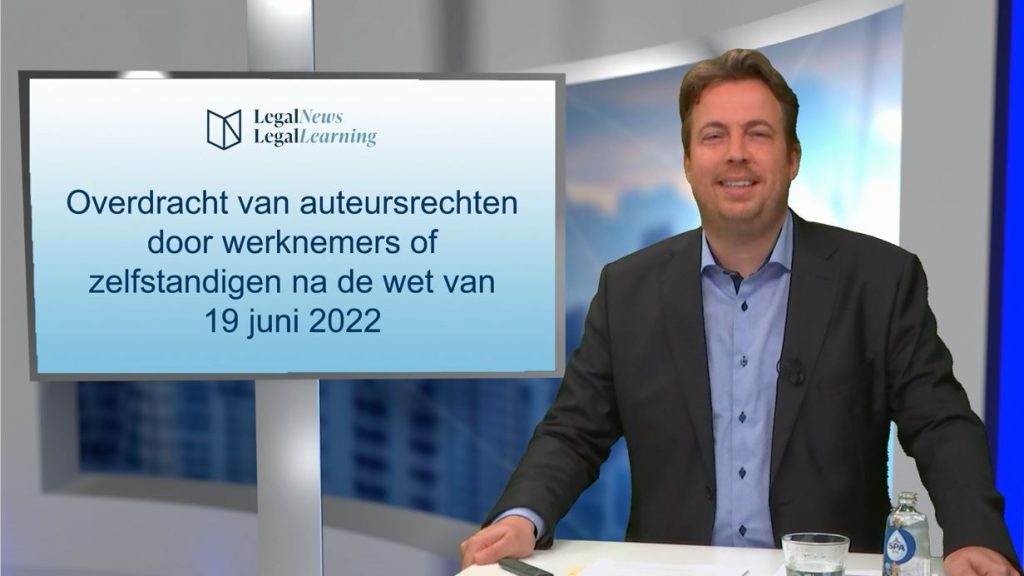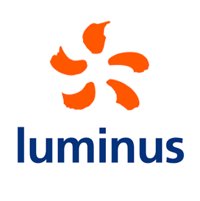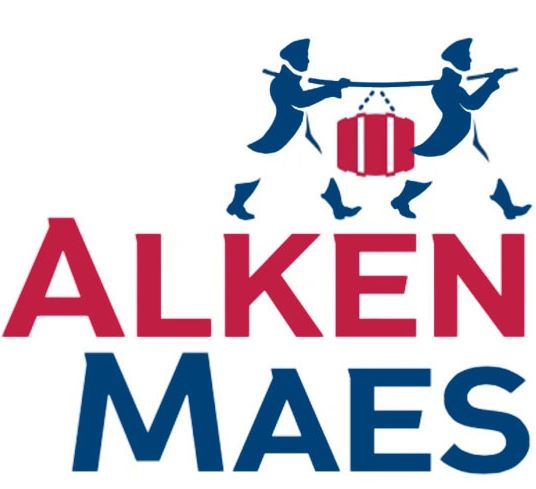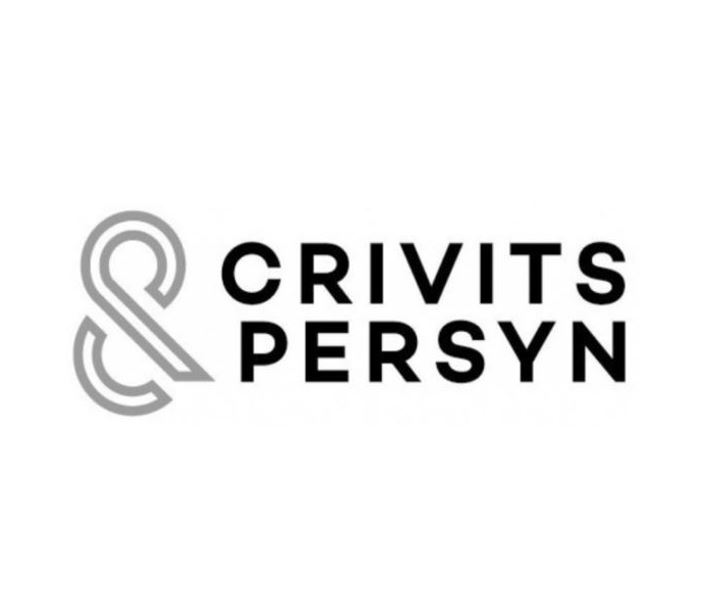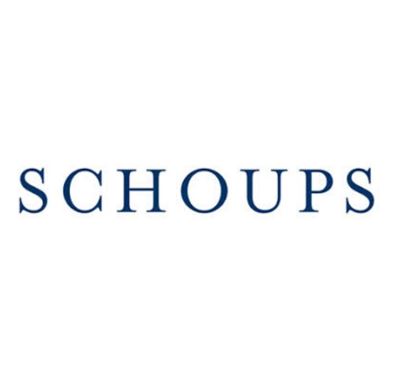Aandachtspunten bij het opstellen
en analyseren van ICT-contracten
Mr. Lynn Pype en mr. Liesa Boghaert (Timelex)
Webinar op donderdag 16 mei 2024
Intellectuele eigendomsrechten in de onderneming:
wie is eigenaar van door werknemers en dienstverleners ontwikkelde creaties?
Dr. Nele Somers (ARTES) en mr. Veerle Scheys (Mploy)
Webinar op dinsdag 23 april 2024
Handelspraktijken en consumentenbescherming:
recente topics onder de loep
Dr. Stijn Claeys en mr. Arne Baert (Racine)
Webinar op vrijdag 30 augustus 2024
VG Bild-Kunst Case: The next episode in the complex story of the communication to the public in the online world (& De Bandt)
Authors: Alice Asselberghs and Sandrine Verstraete (& De Bandt)
Publication date: 16/03/2021
In a judgment rendered on 9 March 2020, the EU Court of Justice clarified that where the copyright holder has adopted or imposed measures to restrict framing – the embedding of a work in a website of a third party – the sharing of that work by means of this technique constitutes a communication to a new public in the sense of article 3(1) of the Infosoc Directive.
The Court of Justice rendered a brand-new judgment that further clarified the rather complex notion of communication to the public in the online world. Though this concept has already been the subject of several judgments by the Court (from Svensson and GS Media to Ziggo), a myriad of questions remains open. One of those questions was referred in this case by the German Federal Court of Justice for a preliminary ruling. The referred question was as follows:
“Does the embedding of a work – which is available on a freely accessible website with the consent of the right holder – in the website of a third party by way of framing constitute communication to the public of that work within the meaning of Article 3(1) of [the InfoSoc] Directive 2001/29/EC where it occurs through circumvention of protection measures against framing taken or instigated by the right holder?”
Protagonists of the underlying case are, on the one hand, SPK, a German foundation which operates the Deutsche Digitale Bibliotheek (DDB), a digital library that connects different German cultural and scientific institutions and, on the other hand, VG Bild-Kunst, a copyright collecting society for the visual arts in Germany. On its website, SPK stores thumbnails of the original protected works – with the authorisation of relevant right holders – which can be enlarged by the users by clicking them. The website also contains links redirecting users to the website of the institution providing the subject matter.
The conclusion of the licensing agreement between VG Bild-Kunst and SPK for the use of the catalogue of works in the form of thumbnails was conditional upon the inclusion of a clause that required SPK to apply effective technological measures against the framing by third parties of those thumbnails displayed on the DDB website. The technique of framing consists of “the division of a page of a website into several frames and the display in one of them, by means of a clickable link or an embedded Internet link (inline linking), of an element originating from another site in order to conceal from the users of that site the original environment to which that element belongs”.
It is important to note that German law provides for an obligation on the part of collecting societies to grant a licence to use the rights entrusted to them on reasonable terms to anyone who so requests. However, according to SPK, the aforementioned clause imposed by VG Bild-Kunst was not reasonable. Hence, it initiated court proceedings to obtain a declaration that VG Bild-Kunst would be required to grant the licence in question without such a clause.
After mixed outcomes at the level of lower courts, Germany’s Federal Court of Justice decided to ask the Court of Justice the above-mentioned question.
In its judgment, the Court reiterated its case law on the concept of communication to the public, including the need to establish a high level of protection for authors and the need for an individual assessment, hereby taking into account non-autonomous, interdependent criteria. The Court also noted that the authorisation of the inclusion of protected works in a communication to the public does not exhaust the right to authorise or prohibit other communications to the public of such works.
More specifically, in this case the Court focused on the “new public” criterion which any act of communication must meet in order to qualify as an “act of communication to the public” under Article 3(1) of the Infosoc-Directive. The Court ruled that, when the copyright holder has put in place or imposed restrictive measures related to the publication of his or her work, all users who access the communicated work in violation of the applied or imposed technological protection measures are users that were not taken into account by the right holder at the time of the initial communication and must be considered as a “new public”.
The Court justifies this analysis on the consideration that “an approach whereby a copyright holder is to be deemed, even if he or she has introduced measures to restrict the framing of his or her work, to have consented to any act of communication to the public of that work by a third party for the benefit of all internet users would be incompatible with his or her exclusive and inexhaustible right to authorise or prohibit any communication to the public of his or her work”.
Thus, if the right holder authorised the publication of his or her work explicitly and without reservations, a link to such work would not fall under Article 3 of the InfoSoc Directive. However, if the right holder imposed or established technological measures restricting access to/use of his or her work, a link that circumvents such measures would fall within the scope of Article 3.
The Court hereby places the actions of the right holder at the centre of its analysis. The Court did not make a distinction on the basis of the nature of the hyperlink in question (this was part of the approach followed by Advocate General Szpunar), which could lead to further difficulties in the future.
However, although the right holders and their interests take centre stage in this judgment, the Court is also aware of the interest of the users in general. Indeed, the Court added that to ensure legal certainty and the smooth functioning of the internet, the copyright holder cannot be allowed to limit his or her consent by means other than effective technological measures. Indeed, in the absence of such measures, it might prove difficult, particularly for individual users, to ascertain whether that right holder intended to oppose the framing of his or her works.
» Bekijk alle artikels: IT & IP


